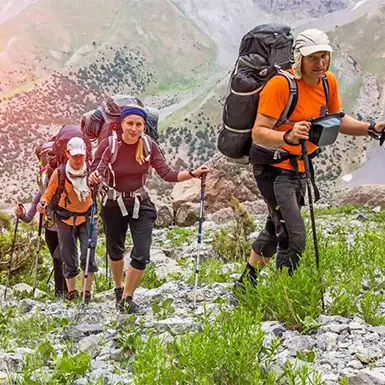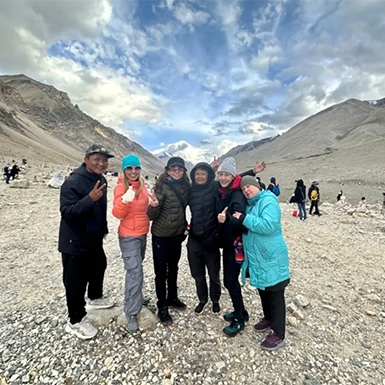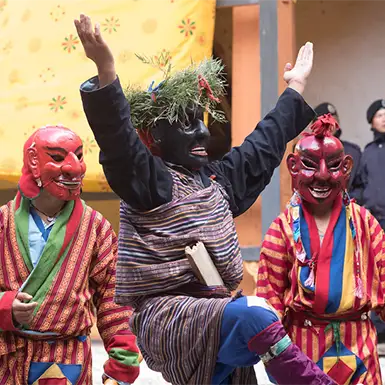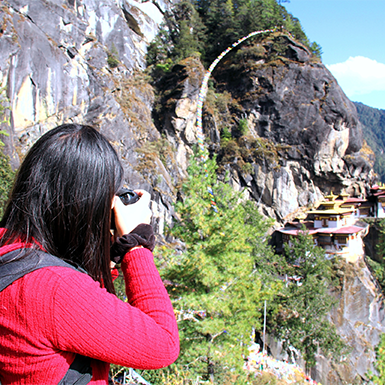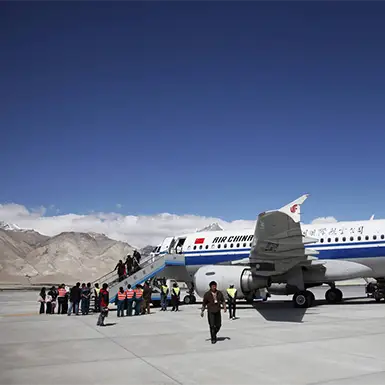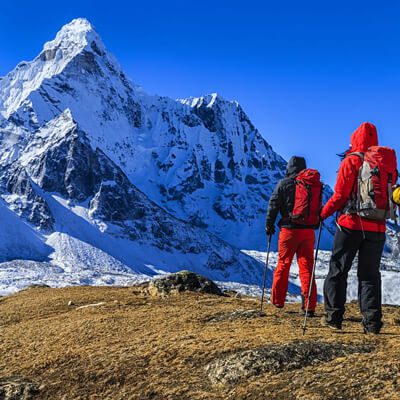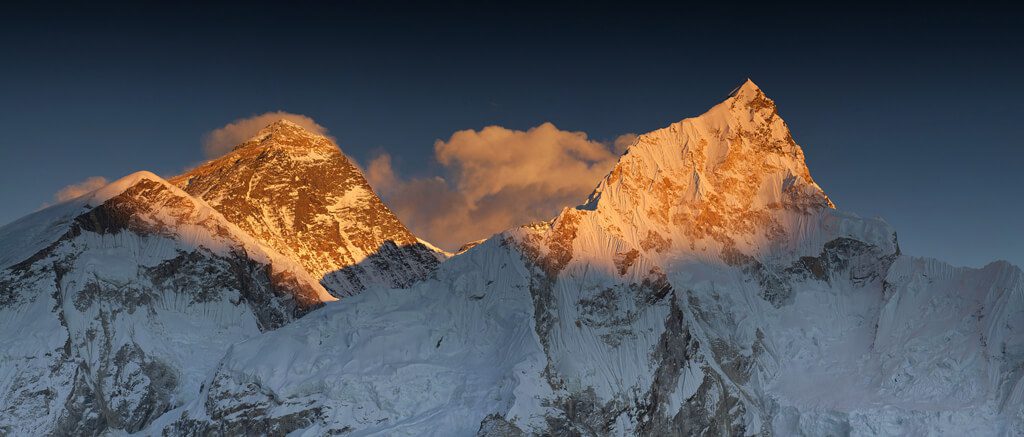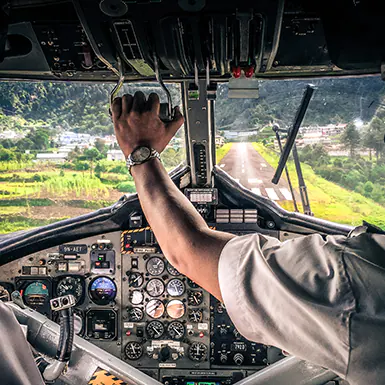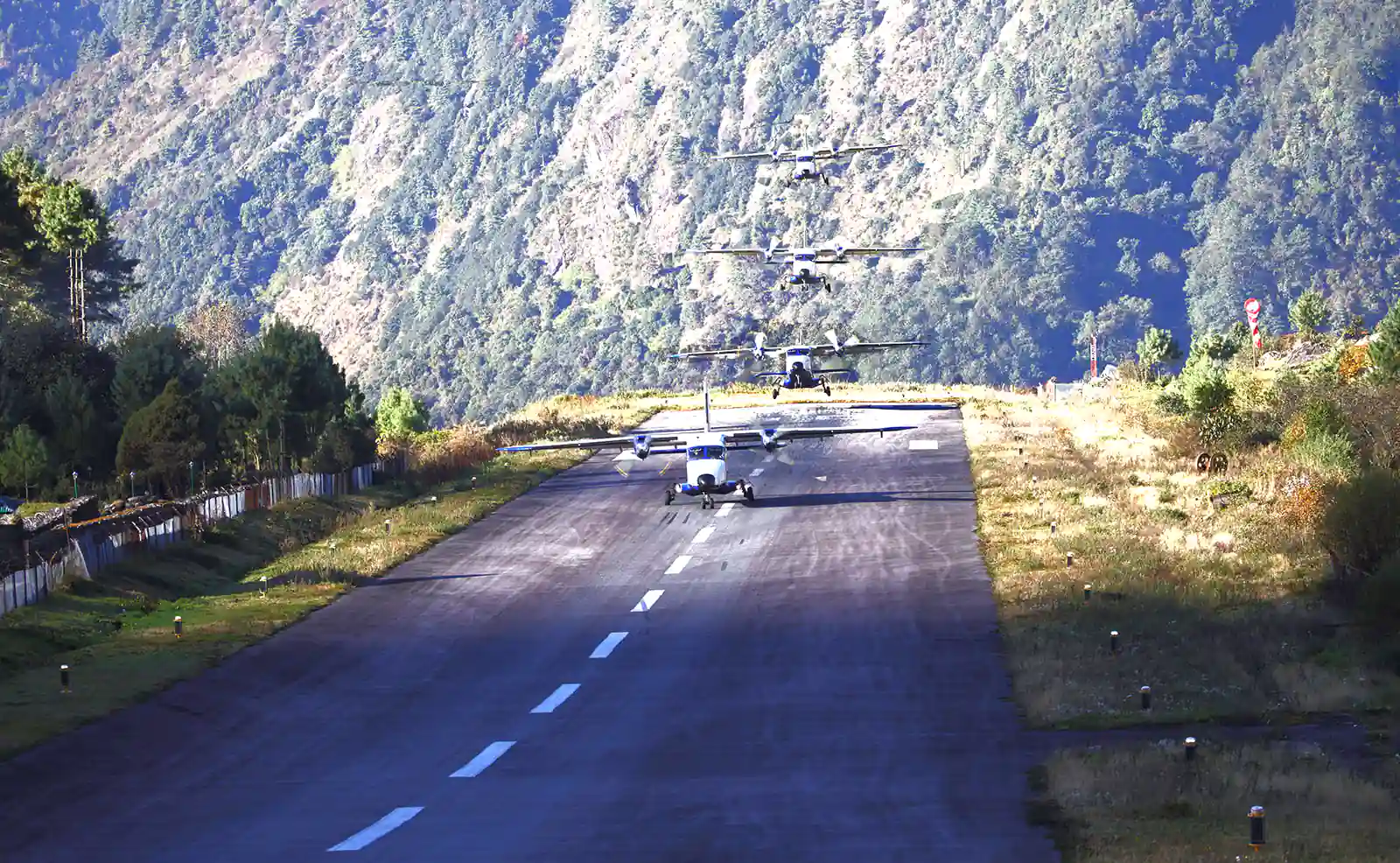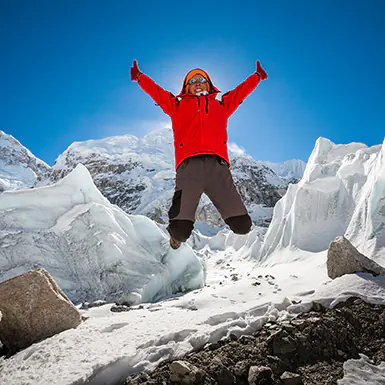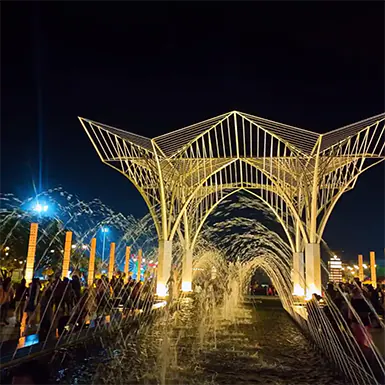Trekking Safety
Trekking in Bhutan is a thrilling adventure, but ensuring safety is paramount. Here are important safety considerations for trekkers:
Safety Tips:
Altitude Sickness Prevention: Bhutan’s high-altitude regions pose a risk of altitude sickness. To prevent it, acclimatize gradually, stay hydrated, and be aware of symptoms like headaches, dizziness, and nausea. Descend if symptoms worsen.
Physical Fitness: Prepare physically before your trek to handle the challenging terrain. Regular exercise and conditioning can improve endurance and reduce the risk of injuries.
Weather Awareness: Bhutan’s weather can be unpredictable. Pack layers, including warm clothing and rain gear. Check weather forecasts and be prepared for sudden changes.
Hydration and Nutrition: Drink plenty of water to stay hydrated, and eat balanced meals to maintain energy levels. Carry snacks for quick refueling on the trail.
Safety Gear: Ensure you have essential safety gear like a first aid kit, headlamp, multi-tool, and a map or GPS device. These can be crucial in emergencies.
Role of Experienced Guides and Porters:
Guides: Hiring an experienced local guide is highly recommended. They possess invaluable knowledge of the terrain and weather patterns and can navigate you safely. They are also trained in first aid and can assist if needed.
Porters: Porters play a crucial role in carrying heavy gear, lightening your load, and reducing the risk of injury. They are accustomed to the terrain and can provide support in challenging sections of the trek.
Emergency Contact Information:
Local Authorities: Know the contact information for local authorities or park rangers responsible for the trekking area you plan to visit. They can assist in emergencies or evacuations.
Embassy or Consulate: Keep the contact details of your country’s embassy or consulate in Bhutan, especially if you are a foreign traveler.
Tour Operator: If you travel with Peregrine Treks, we have readily available emergency protocols and contact information. Ensure you have these details before you start your trek.
Safety is paramount when trekking in Bhutan. Taking preventive measures, hiring experienced guides and porters, and having access to emergency contact information are crucial steps to ensure a safe and enjoyable trekking experience in this stunning Himalayan kingdom.
Conclusion
Trekking in Bhutan is a one-of-a-kind adventure that offers a harmonious blend of natural splendor and cultural richness. It’s an expedition that rejuvenates the spirit and leaves an indelible mark on the soul.
In Bhutan, every step unveils breathtaking landscapes—towering peaks, lush forests, and pristine lakes—that seem plucked from a dream. The sense of awe inspired by the Himalayan vistas is matched only by the warm hospitality of the Bhutanese people.
The Bhutan Trek experience is a tapestry woven with encounters with local villages, ancient monasteries, and vibrant festivals. Cultural immersion is as vital as the physical challenge. Bhutan’s commitment to eco-friendly tourism ensures that every adventure treads lightly on the environment, preserving the natural beauty for generations to come.
We encourage you to start your Himalayan adventure in Bhutan. Trekking is a great way to discover the land’s beauty and the culture’s richness. It promises physical challenges and profound rewards—a deeper connection to nature, a sense of accomplishment, and a spiritual awakening.
Trekking in Bhutan is not just a trek; it’s a transformative experience that leaves you with memories of a lifetime, a heart full of gratitude, and a spirit forever connected to the majesty of the Himalayas and the enchantment of Bhutan.
